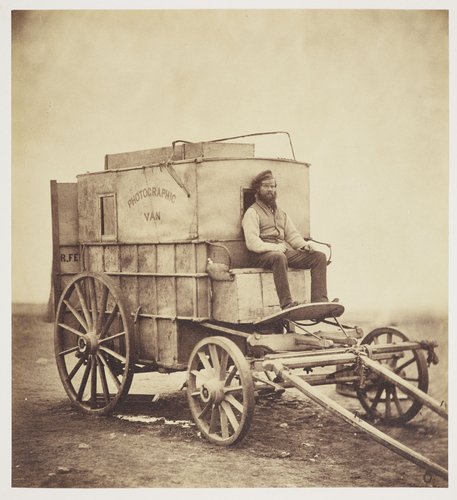Roger Fenton, Britain's First War Photographer

Photographic Van & Marcus Marcus Sparling // RCIN 2500439 Royal Collection Trust / © The Crimean War (1853-1856) was the first war to be documented by a photographer, capturing the reality of the Victorian war zone and allowing the public to witness the front line for the very first time. The Crimean War saw Britain, France and the Ottoman Empire come head to head the Russian Empire in an attempt to curtail Russian expansion into Ottoman Territory and towards India, Britain's 'Jewel in the Crown'. British photographer, Roger Fenton travelled to the front line in a shabby horse-drawn van come darkroom to capture the first ever images of war but did they always depict the truth? Roger Fenton Self Portrait February 1852 / Gilman Collection, Purchase, Harriette and Noel Levine Gift, 2005 Roger Fenton, Lancashire Lad & Professional Photographer Fenton was born and raised in Rochdale, Lancashire and started his adult career as a painter before pu...



